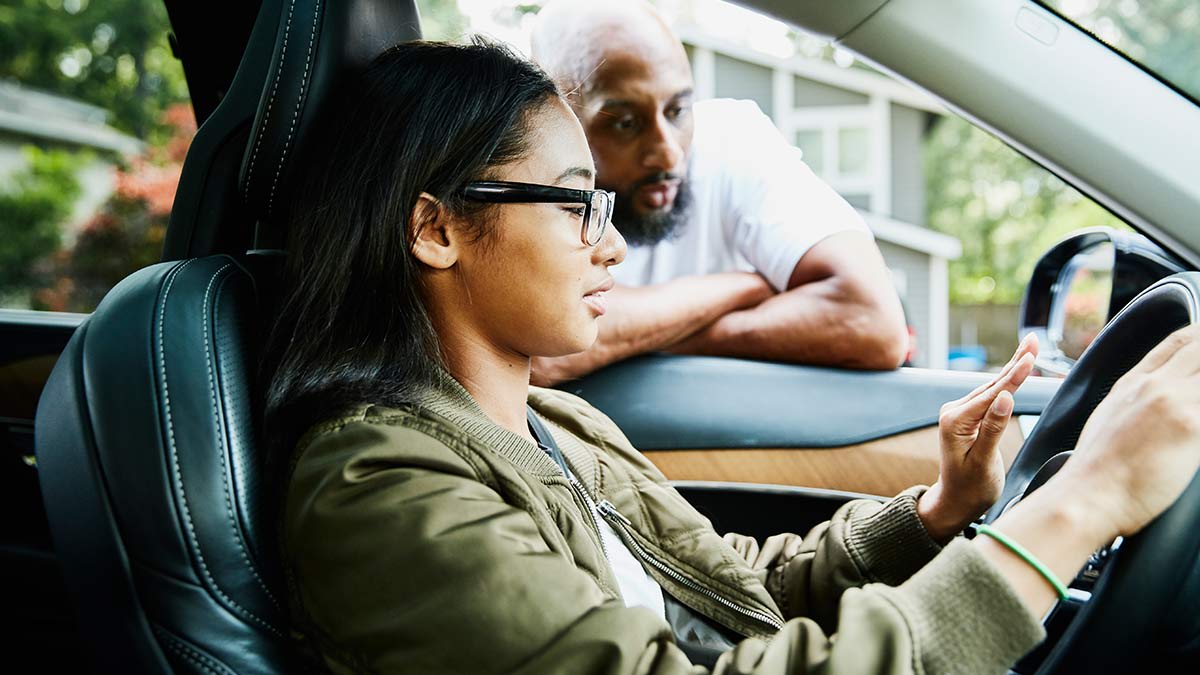
Despite the perception that our teenagers and young drivers profess to know everything, they’re still watching and learning from how their parents behave. The example you set for them behind the wheel may be the most important in terms of actually keeping them safe, more so than any other safety message you’ve given them in their entire life. So make it count.
Whether your teen is driving or you are, be sure to:
Buckle up: Despite seat belt laws in many states, teenagers have some of the lowest rates of seat belt use, especially when they’re passengers. Be sure you buckle up yourself and make sure they do as well.
Put down the phone: Adults must avoid the temptation to take a call or check a text, not only because of the risk it presents but also because of the message it sends to your young driver. Set the example by having your teen send a text or make a call for you.
Slow down: Speed is a contributing factor in almost one-third of motor-vehicle fatalities, according to NHTSA. Young drivers don’t yet have a good gauge of how fast is too fast, so driving slower than you normally would is safer for both of you.
Don’t drink and drive: Be especially aware of the message you’re sending your teen when you’re driving after having a glass or two of wine at a dinner party. Stress the importance of designating a driver, and let your teens listen in on the discussions you have with other adults about the issue.
Consider your own driving contract: Writing down a set of rules—and perhaps more important, the consequences your teen driver will face if they violate them—makes it clear what your expectations are. Sample contracts can be found on many websites, including this one from AAA (PDF), or some insurance companies.
Graduated licensing (GDL) programs in many states have helped take some of the pressure off parents by setting strict driving rules, requiring certain levels of education and minimum hours of driving experience (some with parents along), restricting driving hours, and limiting the number of passengers a new driver can take along. But those restrictions eventually expire, typically around age 18 or once a young driver has had a license for a specified period of time. That’s why it’s important for parents to work in conjunction with GDL rules to help young drivers get as much good driving experience while remaining as safe as possible.









